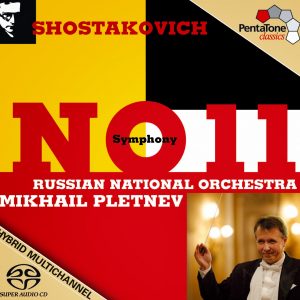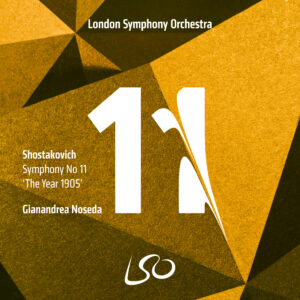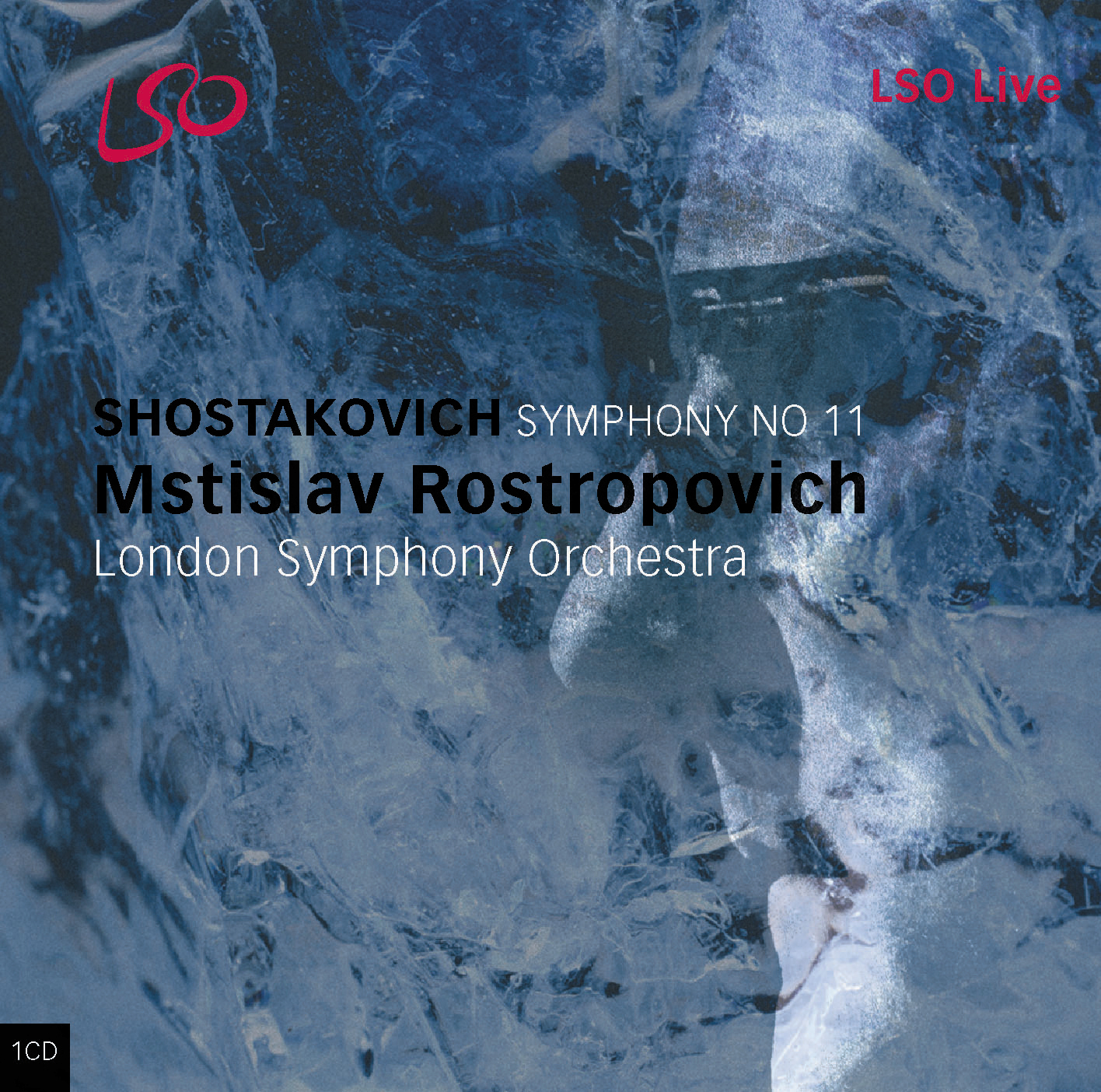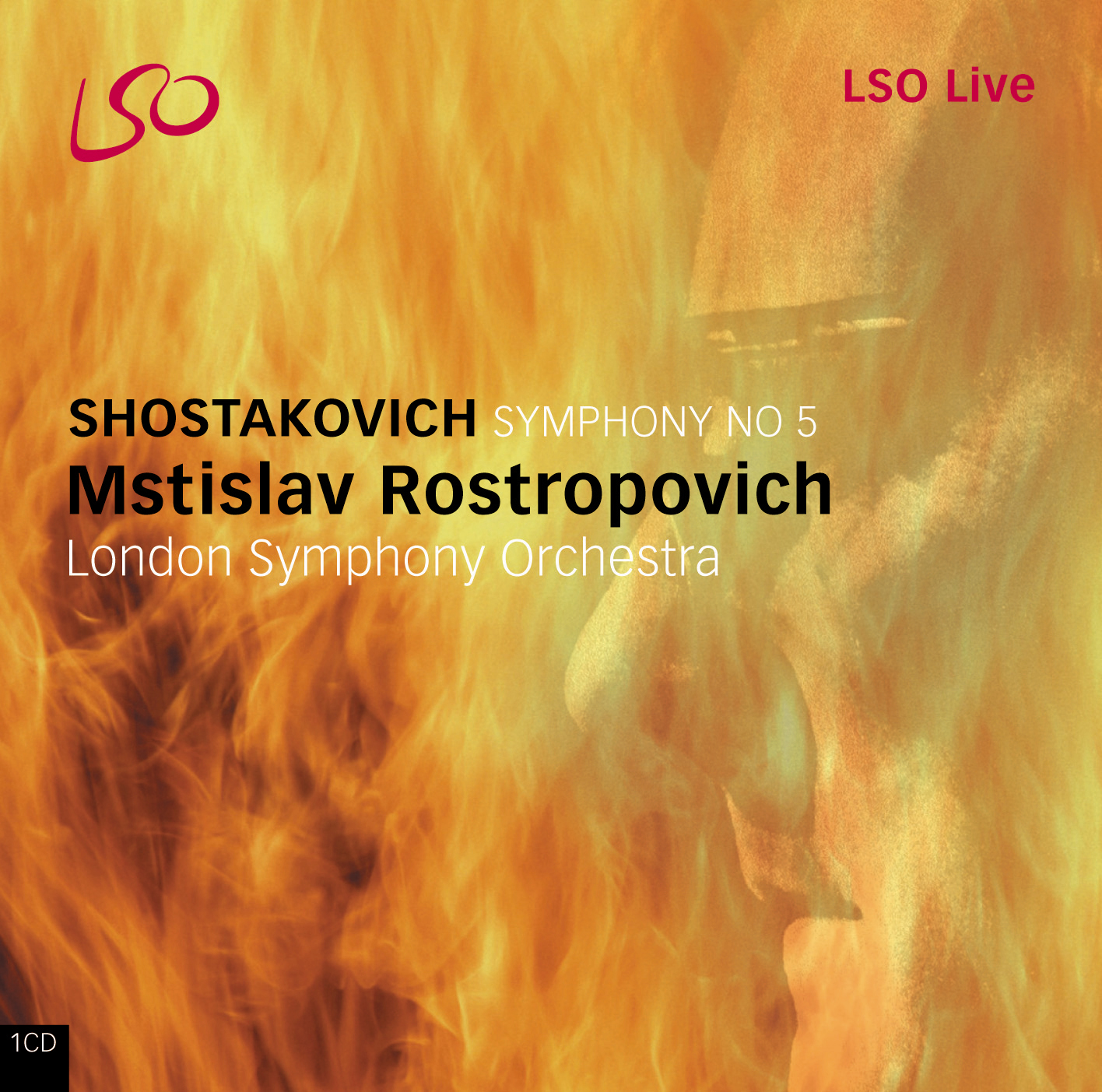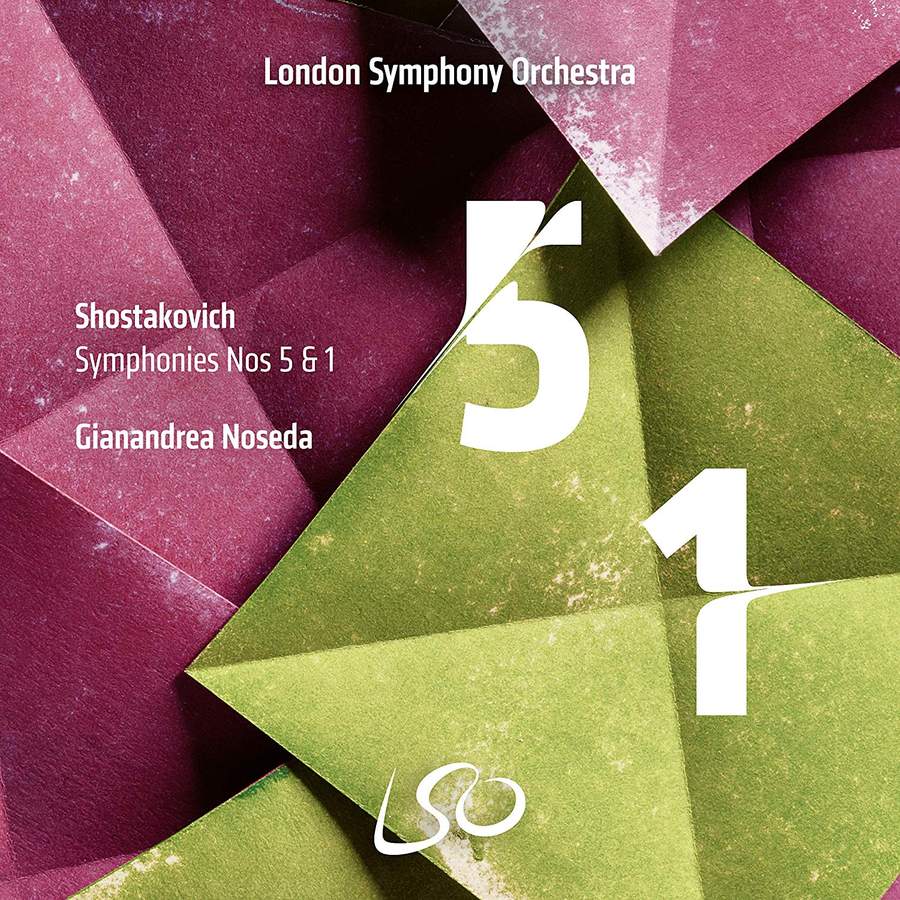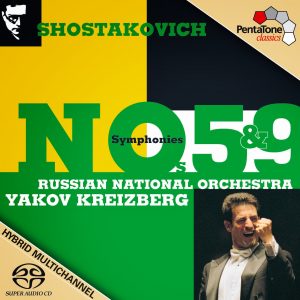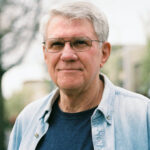Welcome to ‘Dodd’s Discoveries’, a review series from NativeDSD Senior Music Reviewer Bill Dodd. This series focuses on Bill’s latest selections, with new reviews regularly. And the best part… the albums featured in the most current review will be available at a reduced price! Click the button below to see all of Dodd’s Discoveries and to find the current album(s) on sale.
Shostakovich’s Symphony No. 11, The Year 1905, is deeply rooted in Russian history. It was premiered in 1957 and commemorates the 1905 Russian Revolution, particularly the tragic events of Bloody Sunday.
On January 22, 1905, thousands of peaceful demonstrators marched to the Winter Palace in St. Petersburg to present a petition to Tsar Nicholas II. Instead of receiving them, the Imperial Guard opened fire, killing around a thousand protesters. This massacre set the stage for the 1917 Bolshevik Revolution.
The 11th Symphony has evolved significantly in interpretation over the years, with conductors emphasizing different aspects of its historical narrative and musical structure. My first exposure was the premier recording by Stokowski and the Houston Symphony Orchestra.
There are 3 excellent recordings of the 11th available from NativeDSD– Mikail Pletnev conducts the Russian National Symphony on Pentatone, Giandrea Noseda Conducts the LSO, and Mstislav Rostropovich also conducts the LSO on an earlier recording.
Rostropovich conducts the slowest version– 10 minutes longer than either Pletnev or Noseda. Critics praised the emotion and power he presents.As Marc Bridle (MuscWeb International) says: “ Few conductors are more crushing in the climaxes of this work than Rostropovich, and even fewer are as tender in the more eerily quiet sections of the symphony.”
Pletnev is faster and more “descriptive” in the individual “scenes.” Structure and detail are apparent without losing the emotion. He has a rhythm that keeps the first movement interesting and involving.
Noseda builds a growing sense of doom through the first two movements, “dialing down the excitement and dialing up the horror,” as one critic put it.
My pick? All the recordings are fine. All are available as 2 channel or multi-channel (or both). All three have a huge dynamic range that reflects the composer’s intentions. The soft parts are SOFT! The loud parts, are LOUD. I lean toward Pletnev’s interpretation and tempos, but I urge you to take the time to listen to the samples to make your own choice. Really– all are excellent.
You might also want to check these out!

